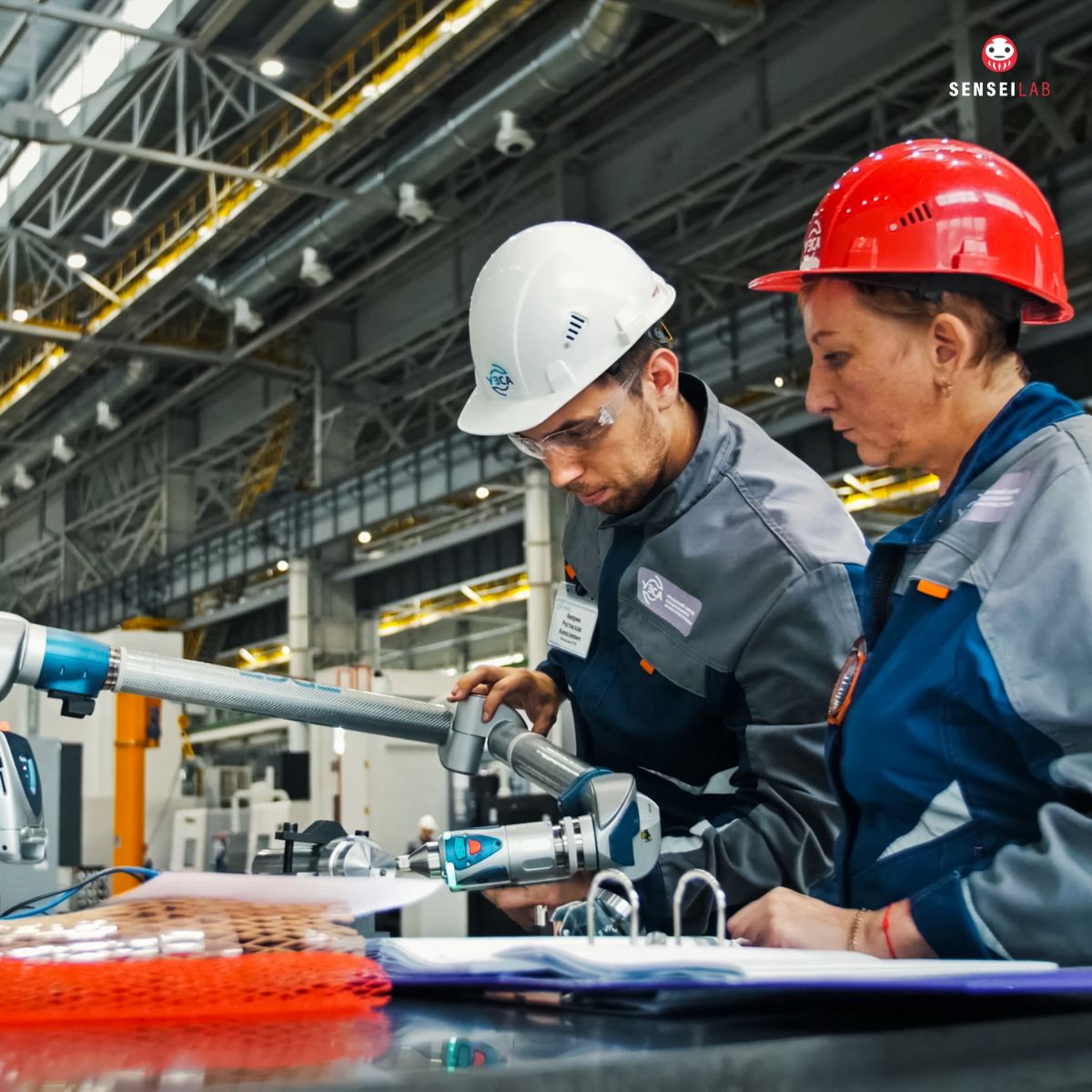In the early days of a Lean transformation at a midsize aerospace parts manufacturer, there was one supervisor whose team outpaced every other cell in quality, lead time, and engagement. At first, it puzzled the leadership team. She didn’t have a bigger budget. Her team used the same machines. She didn’t work more hours. And yet, somehow, she built a pocket of excellence in a culture still struggling to shift.
Her name was Marissa.
And what set her apart wasn’t a secret strategy or a superior technical background—it was her mindset.
The Broken Drill Bit That Changed Everything
One morning, Marissa’s team halted production. A critical part had snapped mid-assembly, throwing off the takt time and triggering a ripple of delay. Most supervisors might’ve reacted with urgency and blame—press the team, call maintenance, escalate it.
But Marissa walked over quietly, crouched next to the operator, and asked, “What do you think caused this?”
The operator hesitated. “We’ve had to re-tighten the chuck on this drill three times this week. I think the jaws might be slipping.”
Instead of jumping to a solution, Marissa nodded and asked another question:
“What would you try if you owned this cell?”
That question unlocked a cascade of insights. It turned out the issue wasn’t just the chuck—it was a broader maintenance oversight tied to a rushed equipment replacement last quarter. The problem hadn’t been reported. Why? Because operators didn’t think it was worth raising—until someone made it safe to do so.
And in that moment, the Lean mindset revealed itself—not in tools or boards, but in behavior.
The Shift: From Hero to Coach
Marissa wasn’t there to be the fixer. She didn’t jump in with answers. She wasn’t leading from above; she was developing capability from within. That’s what Lean leadership is at its core: a shift from being the hero to becoming the coach.
This is where many organizations stumble. They implement 5S, visual boards, and A3s, yet leadership behaviors stay rooted in old paradigms: command, control, and correction.
The real transformation happens when leaders start to think—and act—differently.
A Lean Mindset Starts with What You See
Lean leaders see the world through systems thinking. They understand that most problems are not people problems—they’re process problems. And they resist the urge to blame symptoms when the root cause lies deeper.
It’s a mental discipline built on five pillars:
- Go See (Genchi Genbutsu)
Don’t rely on reports—go to the actual place where value is created. The Gemba is where reality lives, and observation reveals more than any KPI ever will. - Respect People
Not in a sentimental way, but operationally. It means believing that frontline staff are intelligent, creative, and capable of improvement—if given the right conditions. - Embrace Problems
In Lean, a problem is not a threat. It’s a gift. A portal to deeper understanding and continuous improvement. - Ask Before Telling
Replace direction with inquiry. “What do you think?” is more powerful than “Here’s what to do.” - Think Long-Term, Act Daily
Transformation doesn’t come from a strategy slide—it comes from disciplined daily habits that align behavior with purpose.
The Window and the Mirror
In Jim Collins’ Good to Great, he describes how the most effective leaders use two tools:
- A mirror, to look inward when results fall short
- A window, to look outward when things go well
Lean leaders practice this reflexively. When problems arise, they ask, “What about our system created this outcome?”When success is achieved, they shine a light on their teams.
This simple metaphor—the window and the mirror—might be the most powerful leadership development tool of all. Because it shapes culture. And culture shapes performance.
How Do You Develop a Lean Mindset as a Leader?
This isn’t a weekend seminar or an inspirational quote away. It takes practice. Reflection. And courage.
Here’s how to begin:
1. Journal Your Leadership Decisions
At the end of each day, ask yourself:
- Did I listen more than I spoke?
- Did I treat a problem as an opportunity?
- Did I empower someone rather than solve it for them?
2. Build a Learning Habit at the Gemba
Block time to visit the value stream. But don’t audit—observe. Ask open-ended questions. Take notes. Reflect on what the system is telling you.
3. Practice Kata Coaching
Use the Improvement Kata structure to develop people’s thinking. It builds both capability and confidence—and shifts your role from expert to enabler.
4. Teach the Why
Don’t just ask for compliance with Lean tools—share the purpose behind them. Connect every standard, board, or huddle to the value it creates.
5. Model Vulnerability
Say, “I don’t know” when appropriate. Admit mistakes. Celebrate learning. These behaviors signal safety and encourage others to think aloud.
Final Thought: A Culture of Thinking
Marissa didn’t build her team’s success with better incentives or tighter controls. She built it by fostering a culture of thinking.
Every question she asked, every moment she paused, every time she chose curiosity over command—she was planting seeds of continuous improvement.
That is the power of a Lean leadership mindset. It changes what people do by changing how people think.
And when thinking shifts, so does the culture.
And when culture shifts, so does performance.
What if your next big improvement didn’t come from a better tool—but from a better question?




